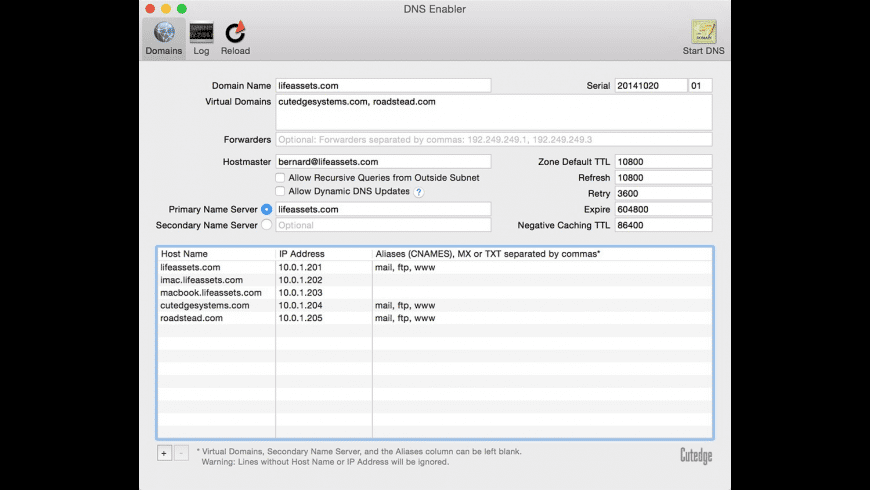Now you will need to go get the NVEnabler 0.1.kext to enable full QE/CI and sleep. I tried many other Injecter kexts including NVEnabler and NVEnabler64, but the NVEnabler0.1 was the only one I could get to work with my NV 7300GS. Install the NVEnabler0.1.kext. I used KextWizard. Install from iAtkos S3 V2, I get the update with no problem, video NVenabler (9600 GT QE/CI), audio VoodooHDA 0.2.6.2 (ALC622), PCJ Kernel 1.3 (AMD Athlon X2 5200+), SATA-IDE work (SupernforceATA.kext) nForce LAN, VoodooPS2. All works rock solid excepts AMD-V and Standby.
Mac OS X Dual Monitors
© May 2019 Anthony Lawrence

You might think the picture below is showing a Windows PC sitting beside my Mac. Actually it's not: that other monitor is attached to the Mac and that's Parallels running Windows XP on the screen.

If you've never used dual monitors, you may not immediately see the advantages - after all, you can quickly Apple-TAB to any application or use Spaces to switch screens entirely. The dual monitor does offer more screen real estate, but is that really all that useful?
Yes, it is. Even Microsoft says so, and we know they are always right. No, really:it is useful. And it's even more useful on a Mac, though before I leave PC's out entirely, let me mention this interesting use of dual monitors. That uses a VNC product and Mac dual displays to bring up a PC screen on the extra monitor. That's conceptually similar to what I do for remote support: when I'm using VNC, Remote Desktop or even GoToMeeting or similar tools, putting that support session into the other monitor is very useful.
So how do you set up dual monitors on your Mac? Pretty simple: plug it in. On my MacBook Pro I have to use an adapter (make sure you bring that adapter when you take your Mac out for a ride: you never know when you'll need or want it) but it's really that easy.. well, not quite.
First, I'd suggest NOT having Parallels running when you hook up the second monitor. It's not going to break anything, but it can confuse things a bit, and this experience can be confusing enough at first anyway. I'd also recommend disabling Spaces if you have it enabled; again, there's nothing wrong with Spaces, and it works perfectly with dual monitors - I love Spaces with dual monitors! - but it can be more confusing at first. Baby steps first, and once you feel comfy, you can turn Spaces back on.
Cac Enabler For Mac
You'll want to open Displays in Preferences and tell it to 'Detect Displays'. Unless there's something very strange about your monitor, that's all you need to do: a desktop and a Display Preferences window should pop up on the new monitor. If it does not, click 'Gather Windows' to bring that Preference dialog back onto your main screen - it will probably be slightly behind your main monitor's preferences, but it should be there. Adjust resolution, colors and Refresh Rate if necessary. You'll notice a 'Rotate' button also - I'd stay away from that just now too unless you have put your monitor on its side or upside down.
Back on your main display's Preferences you'll see 'Arrangement'. It makes sense to arrange the screens to match their physical location. Your Mac doesn't know where the cable goes, so you need to drag the screens so that they make sense - because it is moving your mouse off your main screen that lets the cursor get to the second monitor. If the Mac thinks the other screen is to the right, you need to move the mouse to the right.. and just keep going at the edge of the screen and your cursor suddenly will appearon the other monitor. Neat, right?
But where is the menu bar? Hey, somebody forgot something, because the Dock and the Menu Bar stayed on the main screen! Yes, that is the way it works, and at first I thought that was really annoying, but it only took me a few minutes to get used to that and now it just seems natural.
If you feel comfortable, turn Spaces back on (and start up Parallels too). Spaces is really neat with dual monitors because the new monitor space is just part of the Spaces real estate: so when you switch to a different Space, your other monitor switches to whatever it displays in that Space. Confused? Play with it and you'll see what I mean.
If your monitors don't use the same resolution you will find that Spaces will annoyingly resize things - I don't know any way around that other than matching resolutions. But even at that, dual monitors are still great to have.
One more thing to watch out for: if you've left something in the other monitor and disconnected it, it can be impossible to get to that app's window until you click 'Detect Displays' again. That's all you need to do: everything will return to the main display immediately.
Got something to add? Send me email.

(OLDER) <- More Stuff -> (NEWER) (NEWEST)
Printer Friendly Version
-> -> Dual Monitors on OS X Leopard
Free Trim Enabler For Mac
Nvenabler For Macbook
Inexpensive and informative Apple related e-books:
Take Control of iCloud
Photos: A Take Control Crash Course
Take Control of IOS 11
El Capitan: A Take Control Crash Course
Take Control of the Mac Command Line with Terminal, Second Edition